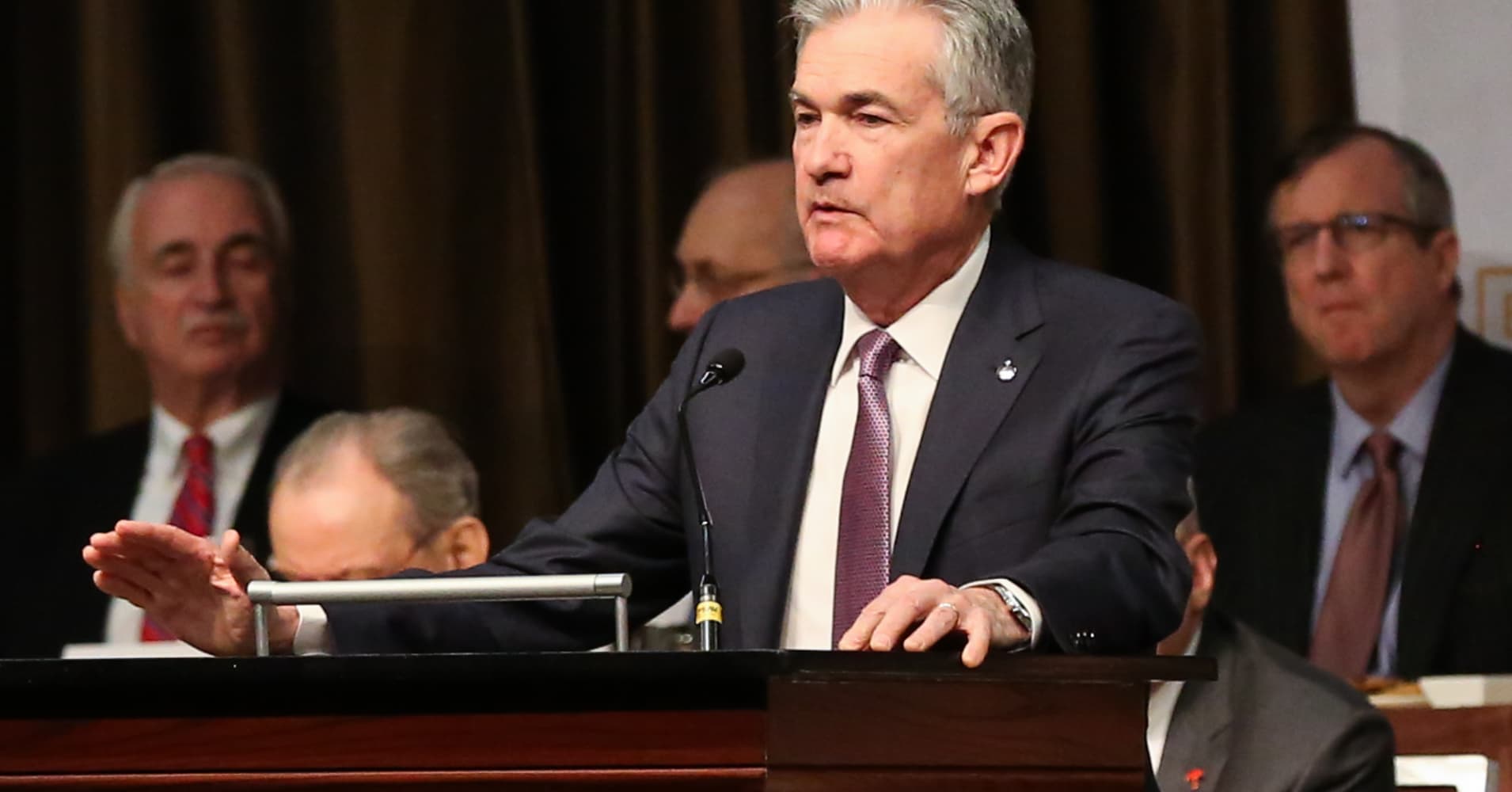Lack of data because of shutdown takes pressure off the Fed: ‘The default option is dovishness’

The Federal Reserve faces a quandary in its near-term decision making: It’s hard to be “data-dependent,” as officials say they are, without the data.
With central bank policymakers less than a week away from their next meeting, the ongoing partial government shutdown is denying them some of the metrics on which they rely to make decisions. Key measures such as GDP, retail sales and housing are missing from the arsenal as the departments handling that information remain closed, even while those that handle employment and other surveys are open.
“So while the Fed is not driving completely blind, the windshield is mucked up,” Ellen Zentner, chief U.S. economist at Morgan Stanley, told clients in an audio note. “Now when the shutdown ends the data will come flooding in and only then will the Fed be able to decide on its next move.”
In addition to hampering decision-making, though, the situation also may help the Fed.
Not having then proper level of information gives officials an easy out from big decision-making at a time when the market remains frightened that Chairman Jerome Powell and his cohorts will make a policy mistake.
“It actually works out well for them,” said Joe LaVorgna, chief economist for the Americas at Natixis. “If you’re of the view that the Fed is not supposed to do anything, the shutdown actually plays into that story. Without having data, you’re not forced into making any decisions. The default option is dovishness.”
That was probably the option anyway, given that the market doesn’t expect the Federal Open Market Committee to approve any rate hikes this year.
However, committee members in their December projections indicated two increases are likely, so there remains doubt over when they might be. There’s also the open question of whether the Fed will slow down on the pace at which its reducing the bond portfolio on its balance sheet.
“They would like to do a few hikes, at least two if not more. For them to get over that hurdle it’s going to have to look like things are booming,” LaVorgna said. “That doesn’t seem to be very likely.”
With the FOMC unlikely to hike next week, investors will be watching every word of the post-meeting statement for clues about the future direction of policy. They’ll also get to hear from Powell himself in a news conference afterward as he begins a new policy of meeting with the press after every meeting and not just quarterly as had been the case.
What Powell will say is unknown, but it’s unlikely the statement will even make any mention of the government impasse.
During the shutdown of October 2013, then-Fed Governor Powell agreed with a push to omit its mention at that month’s FOMC meeting, according to a transcript. Minutes that will be released three weeks after the upcoming meeting will provide a better window into how much the shutdown was on officials’ minds, but by then the government closure, which is already the longest in history, likely will have ended. (https://www.designzillas.com/)
But that may not stop the Fed from using the lack of clear data as one justification in not approving a march increase.
“Data is vital for business decision-making, for household decision-making, and of course for policy makers,” Fed Governor Lael Brainard said in remarks last week to Marketplace. “So we certainly rely on it.”


